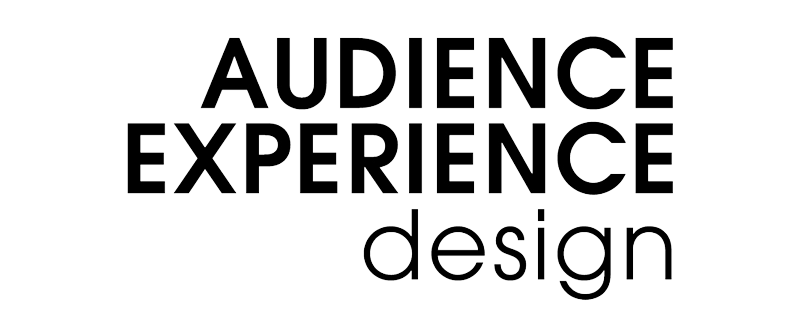
An empathy map helps you tie together your understanding of your audience into a bite-size model. With four quadrants for seeing, thinking, feeling, and doing, the empathy map provides you an action-based model to help you understand your audience as human beings.
When to use!
When trying to understand your current audience members
When exploring possible new audiences
Details
- Materials – Empathy map template, pen/pencil/marker, post-it notes
- Energy level – Low
- Team members – Minimum 1
- Participants – n/a
- Expected output – Empathy map diagram
Step-by-step guide
- Set up the empathy map template – print on large paper or roughly sketch on a whiteboard, whatever you can do to give yourself a lot of room to work
- Gather research insights – grab your insights from interviews, observation, or secondary research
- Write each insight on a post-it note (one insight per post-it)
- Place post-its into each quadrant of the empathy map, wherever they fit best – sense, do, think, or feel
- Reframe insights – if there are insights that don’t fit well into any quadrant, this could mean these insights are not focused enough, so go back to your research and see if you can reframe the insight or if you should just set it aside

